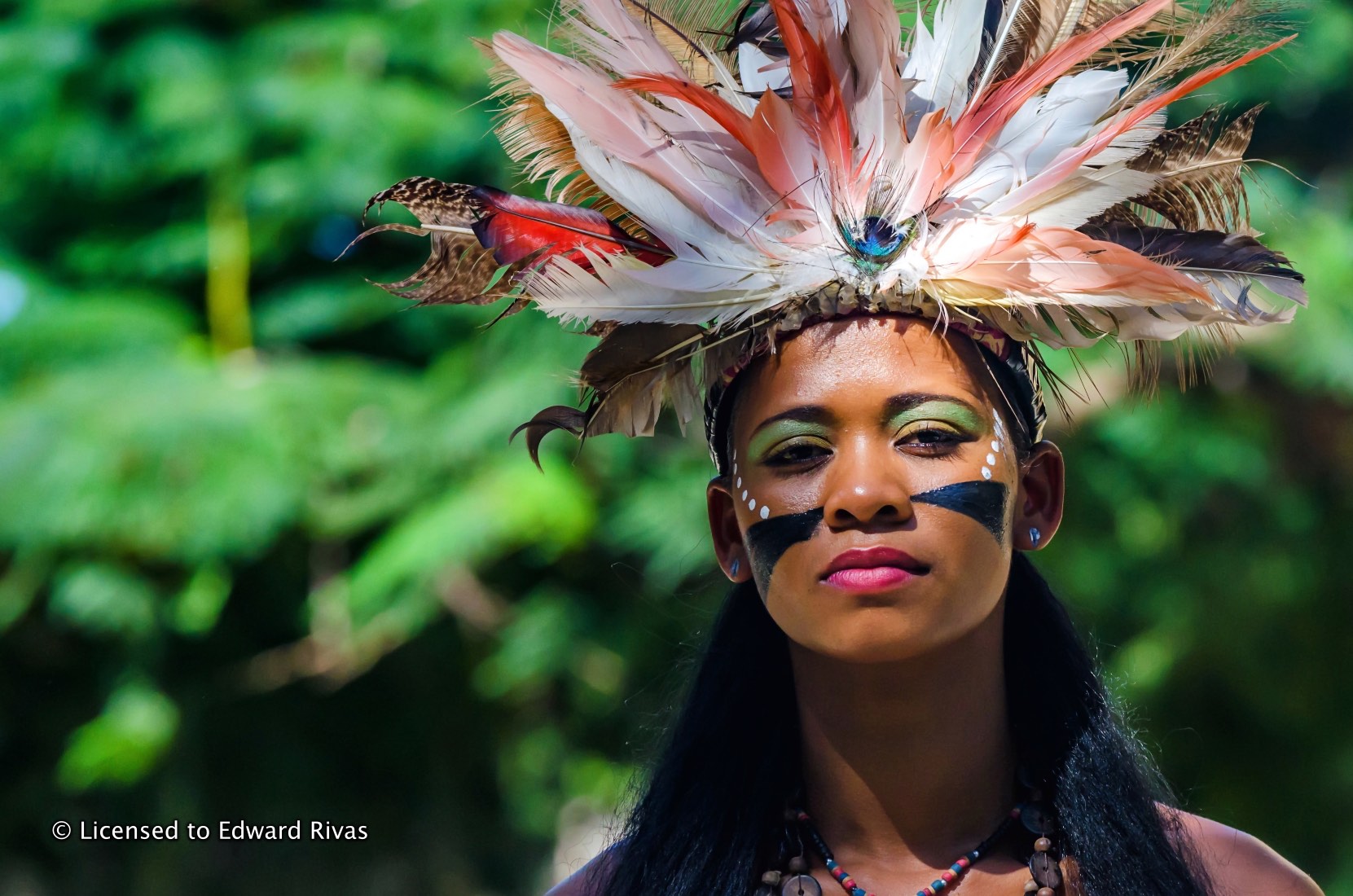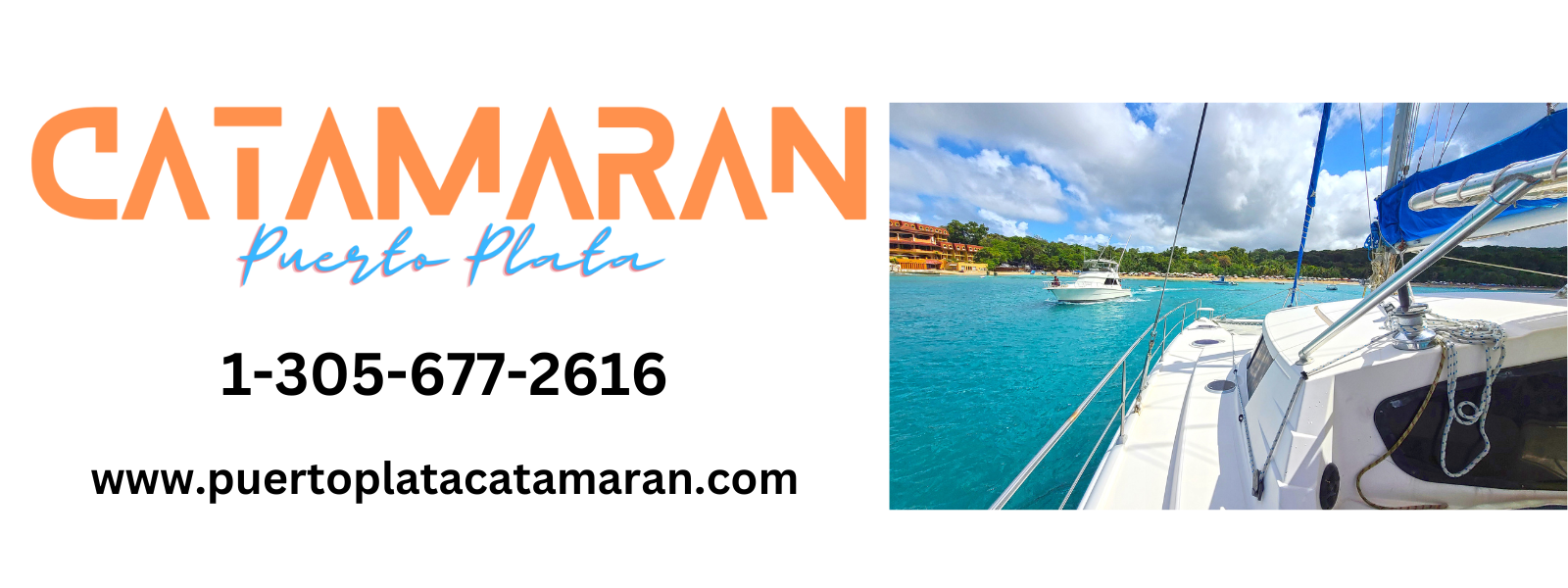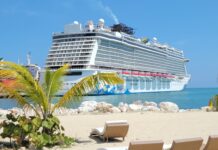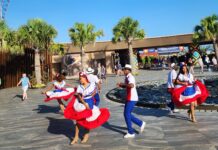Deep within the history of the Dominican Republic lies a rich tapestry of ancient civilization, centered around the vibrant culture of the Taino people. The Taino, also known as the Arawak, were the indigenous inhabitants of the island of Hispaniola long before the arrival of Christopher Columbus in 1492.
Despite the devastating consequences of European colonization, the Taino legacy continues to shape the identity and cultural landscape of the Dominican Republic. In this article, we delve into the fascinating history, customs, and enduring influence of the Taino people.
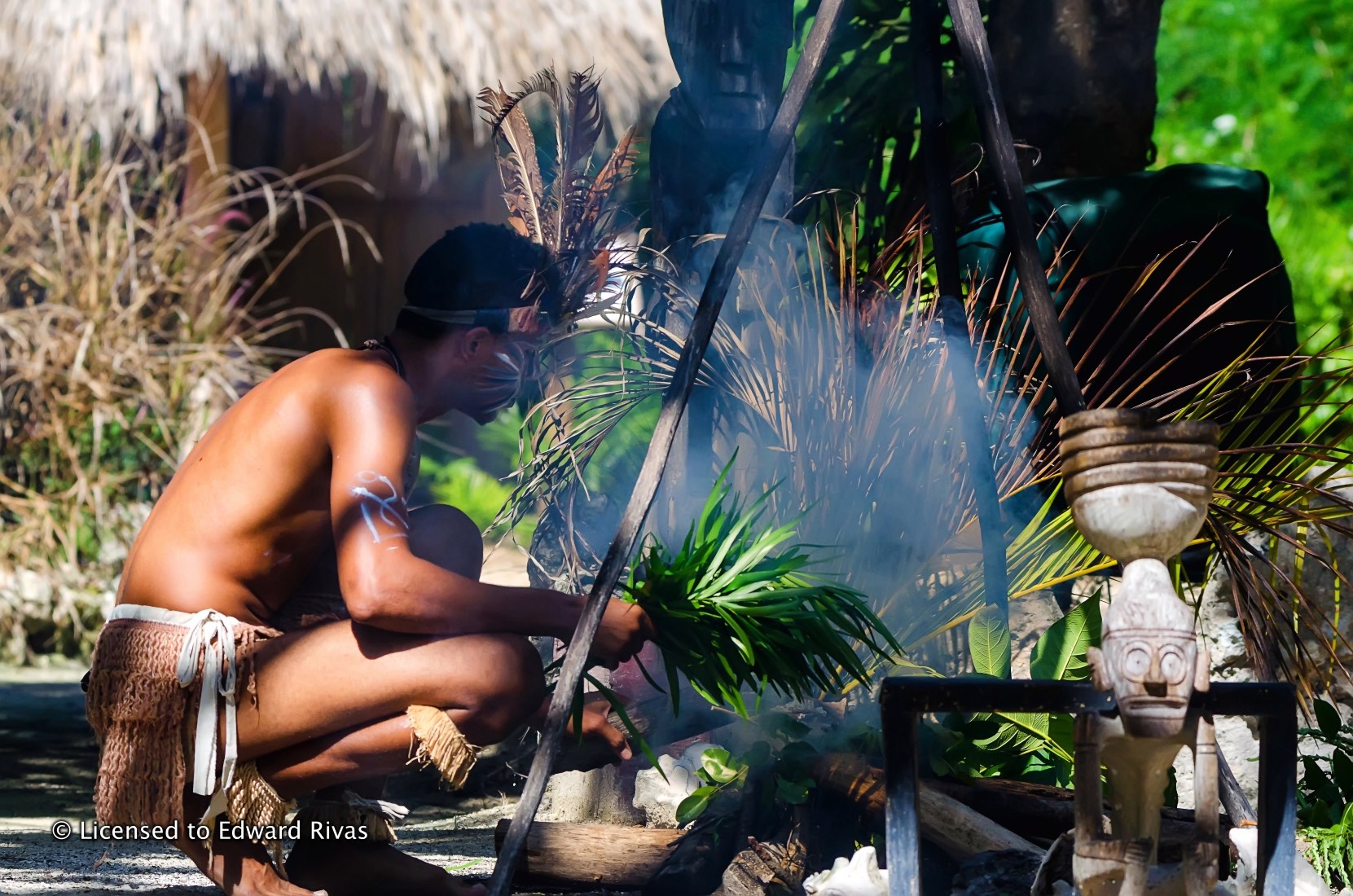
Origins and Settlement:
The Taino people are believed to have migrated from South America around 5,000 years ago, settling in the Caribbean islands including Hispaniola (present-day Dominican Republic and Haiti), Puerto Rico, Cuba, and Jamaica. They established thriving communities and developed a unique way of life that was intricately connected to their natural surroundings.
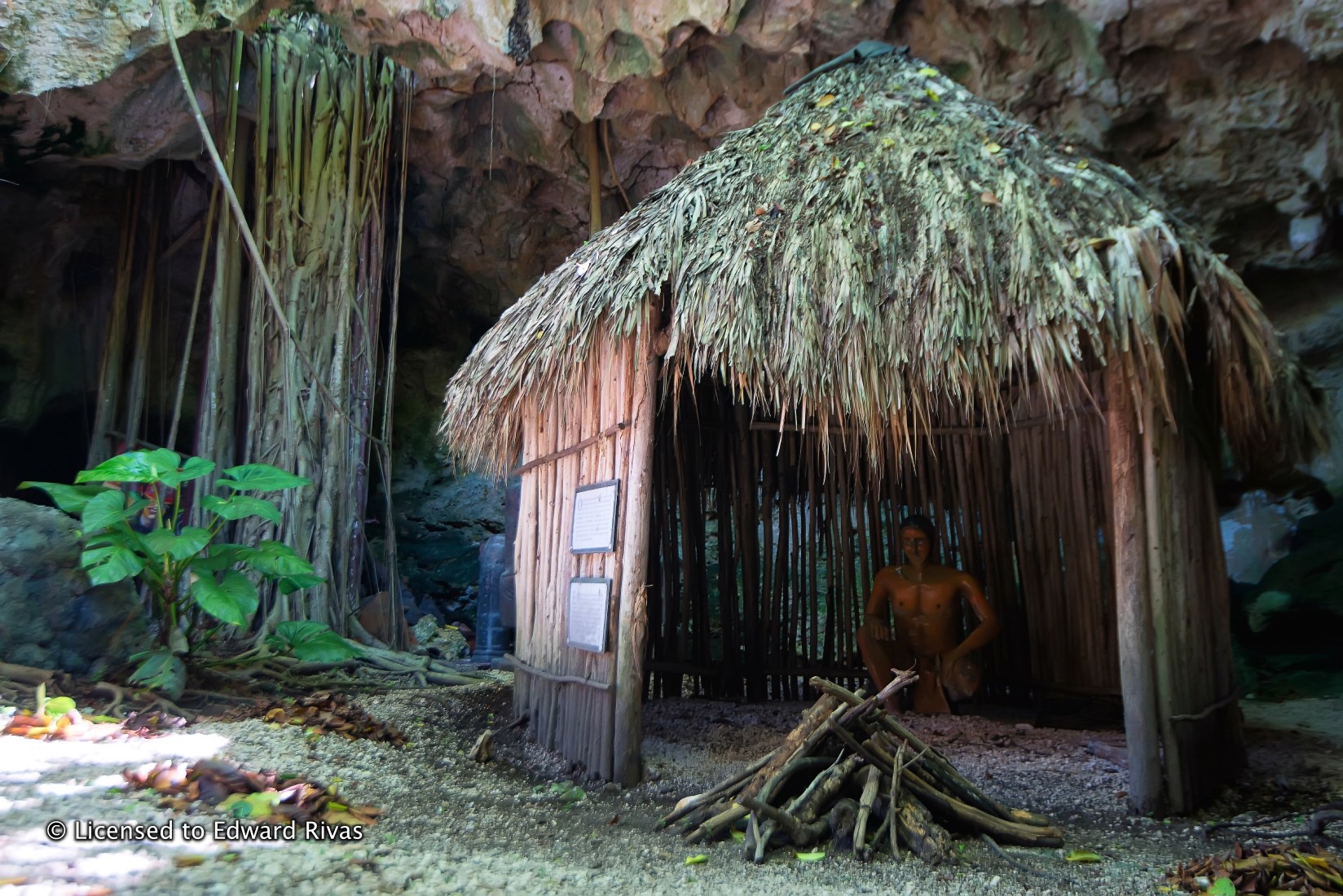
Culture and Society:
The Taino society was organized in a hierarchical structure, with caciques (chiefs) leading various villages or territories. They practiced agriculture, cultivating crops such as corn, yucca, sweet potatoes, and tobacco. Their advanced agricultural techniques, including terracing and crop rotation, allowed them to sustain a population of approximately 400,000 on Hispaniola alone.
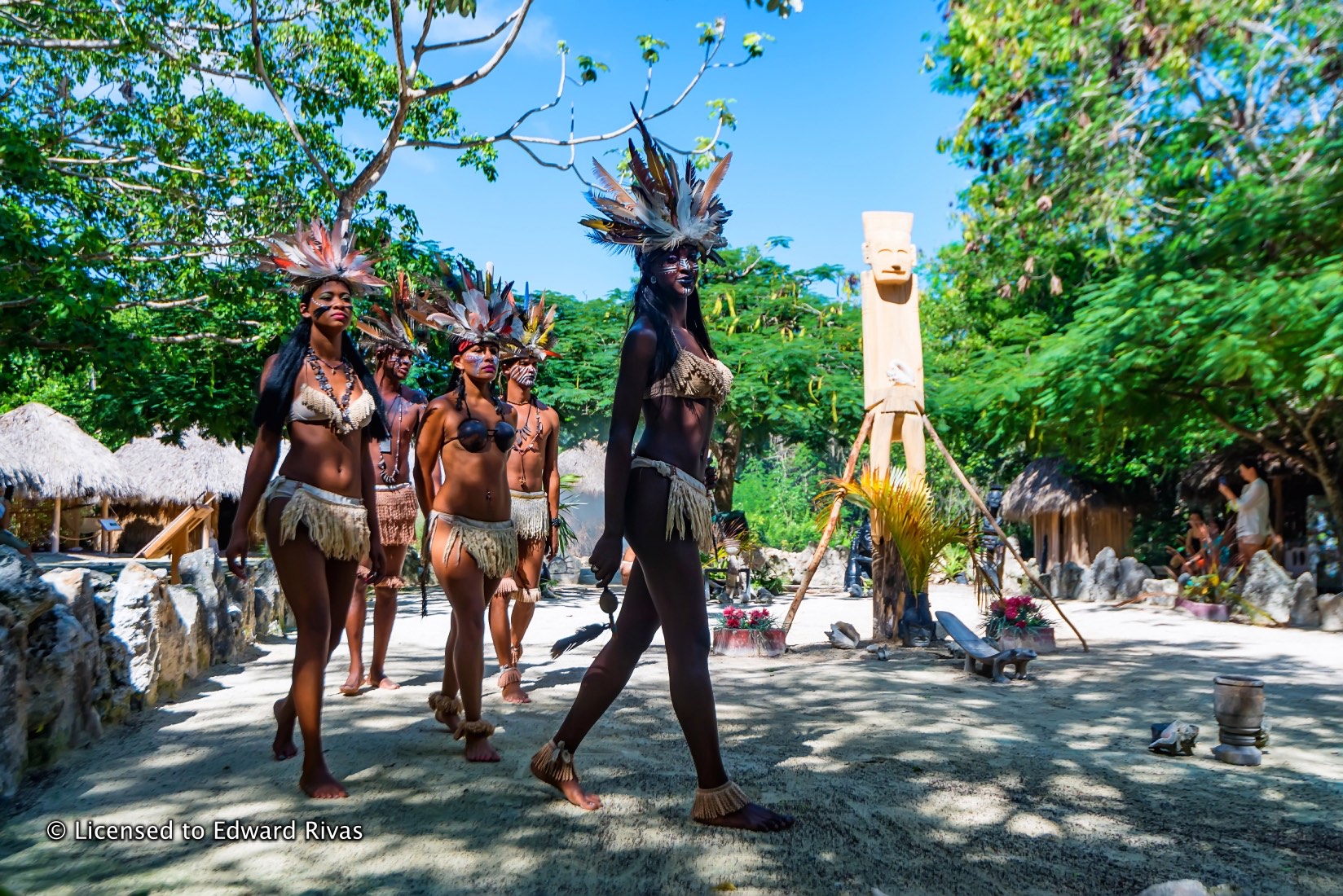
Art and Religion:
The Taino were skilled artisans and craftsmen, renowned for their intricate pottery, woodcarvings, and stone sculptures. They adorned themselves with jewelry made from precious metals and colorful stones, and their pottery was often adorned with symbolic patterns and designs.
Religion played a central role in Taino culture, with a belief system centered on the worship of various deities and ancestral spirits. They had a strong connection with nature and revered elements such as the sun, moon, and sea. Ritual ceremonies involving dances, music, and storytelling were performed to honor their gods and seek their guidance.
Encounter with the Europeans:
The arrival of Christopher Columbus in 1492 marked a significant turning point in the history of the Taino people. The impact of European colonization was devastating, leading to forced labor, disease, and violence.
The Taino population rapidly declined due to the introduction of European diseases for which they had no immunity, as well as the harsh treatment inflicted upon them by the Spanish colonizers. By the mid-16th century, the Taino population on Hispaniola had been decimated, and their culture and way of life were severely disrupted.
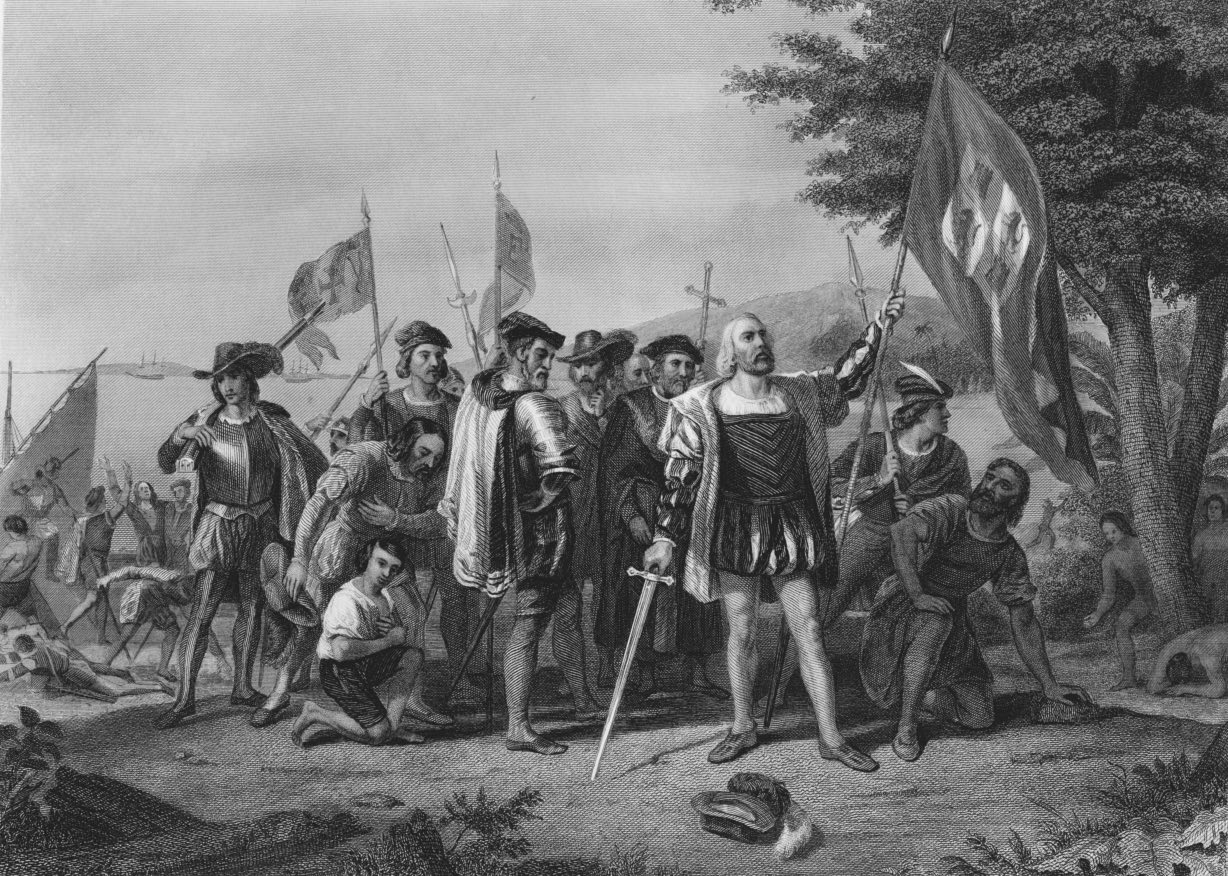
Preserving the Taino Legacy:
While the Taino people faced immense challenges during the colonial era, elements of their culture and heritage have survived. Today, the Dominican Republic recognizes and celebrates its indigenous roots, actively working to preserve and revive Taino traditions.
Efforts are being made to promote Taino art, music, and crafts. Taino-inspired festivals and cultural events are held, where traditional dances, music, and ceremonies are showcased. Museums and cultural centers across the country exhibit Taino artifacts and provide educational resources about their history.
The Taino Tour
The Dominican Taino tour takes you to the first Spanish settlement in the Americas, called La Isabela by Christopher Columbus; The small town has a cemetery, remnants of Columbus house and other buildings. The tour also includes a visit to the Taino Museum in Guananico, which houses the largest collection of authentic artifacts.
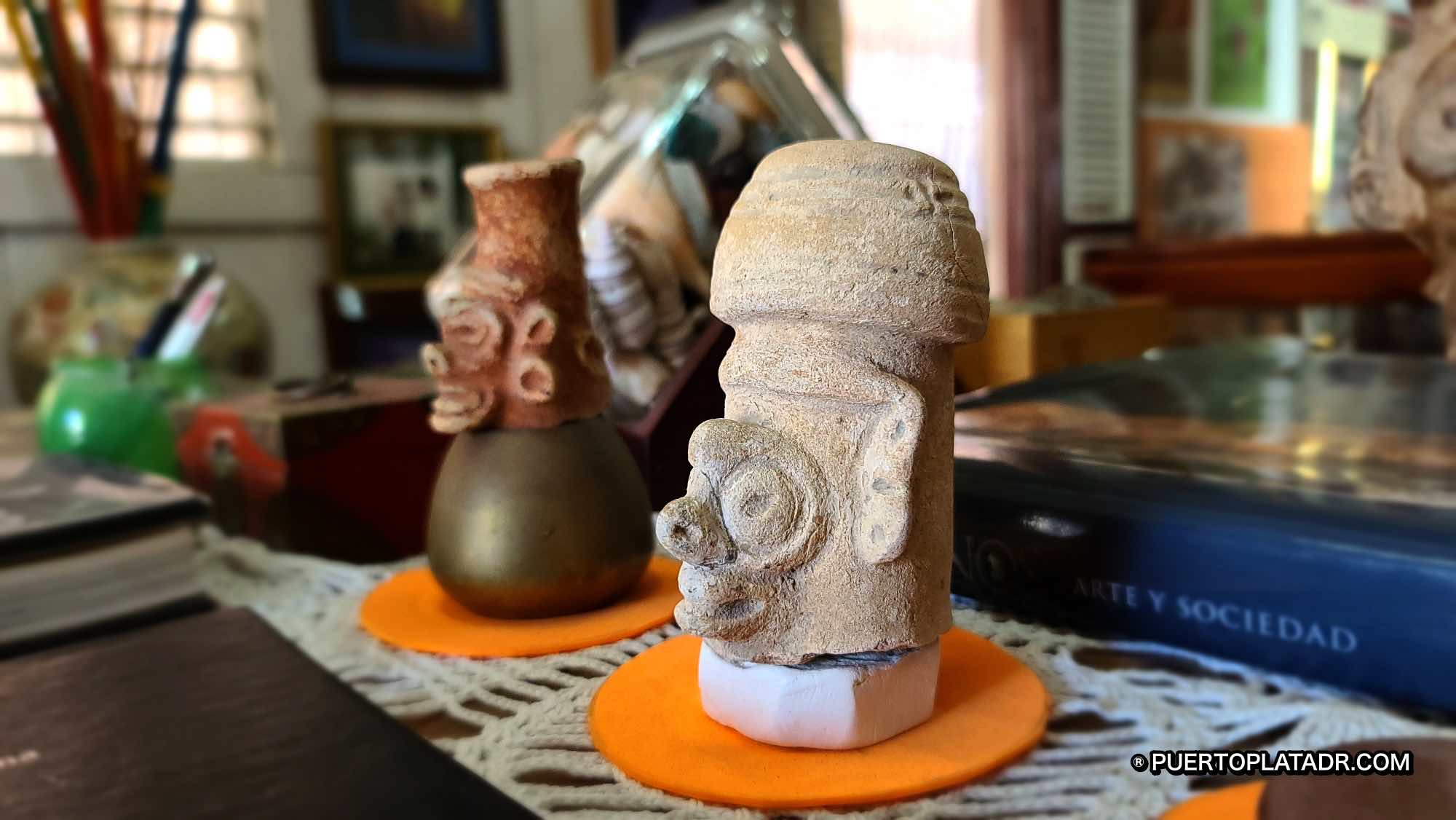
It takes the best part of a day departing around 9/10:00am to return about 2/3pm or so to enjoy the best of the Taino experience in these two locations. The tour includes driver with a van and a bilingual tour guide translator. The tour is close to the Luperon area, so an option to visit the Marina and Luperon beach is available too.
Sources:


